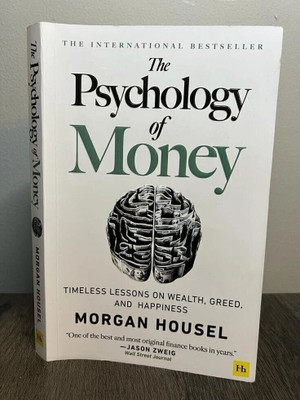
A Short Course in Intermediate Microeconomics with Calculus (English, Paperback, Serrano Roberto)
- Language: English
- Binding: Paperback
- Publisher: Cambridge University Press
- Genre: Business & Economics
- ISBN: 9781107623767, 9781107623767
- Pages: 394
This book provides a concise treatment of the core concepts of microeconomic theory at the intermediate level with calculus integrated into the text. The authors, Roberto Serrano and Allan M. Feldman, start with consumer theory and then discuss preferences and utility, budget constraints, the consumer's optimal choice, demand and the consumer's choices about labor and savings. They next turn to welfare economics: when is one policy better for society than another? Following are chapters presenting the theory of the firm and profit maximization in several alternative and partial equilibrium models of competitive markets, monopoly markets and duopoly markets. The authors then provide general equilibrium models of exchange and production and analyze market failures created by externalities, public goods and asymmetric information. Finally, they offer introductory treatments of decision theory under uncertainty and game theory. Graphic analysis is presented where necessary but distractions are avoided.
Table of Contents
Preface
1. Introduction
2. Preferences and utility
3. The budget constraint and the consumer's optimal choice
4. Demand functions
5. Supply functions for labor and savings
6. Welfare economics i: the one-person case
7. Welfare economics ii: the many-person case
8. Theory of the firm i: the single-input model
9. Theory of the firm ii: the long run, multiple-input, single-output model
10. Theory of the firm iii: the short run, multiple-input, single-output model
11. Perfectly competitive markets
12. Monopoly and monopolistic competition
13. Duopoly
14. Game theory
15. An exchange economy
16. A production economy
17. Externalities
18. Public goods
19. Uncertainty and expected utility
20. Uncertainty and asymmetric information.
| Imprint |
|
| Width |
|
| Height |
|
| Length |
|
| Weight |
|








